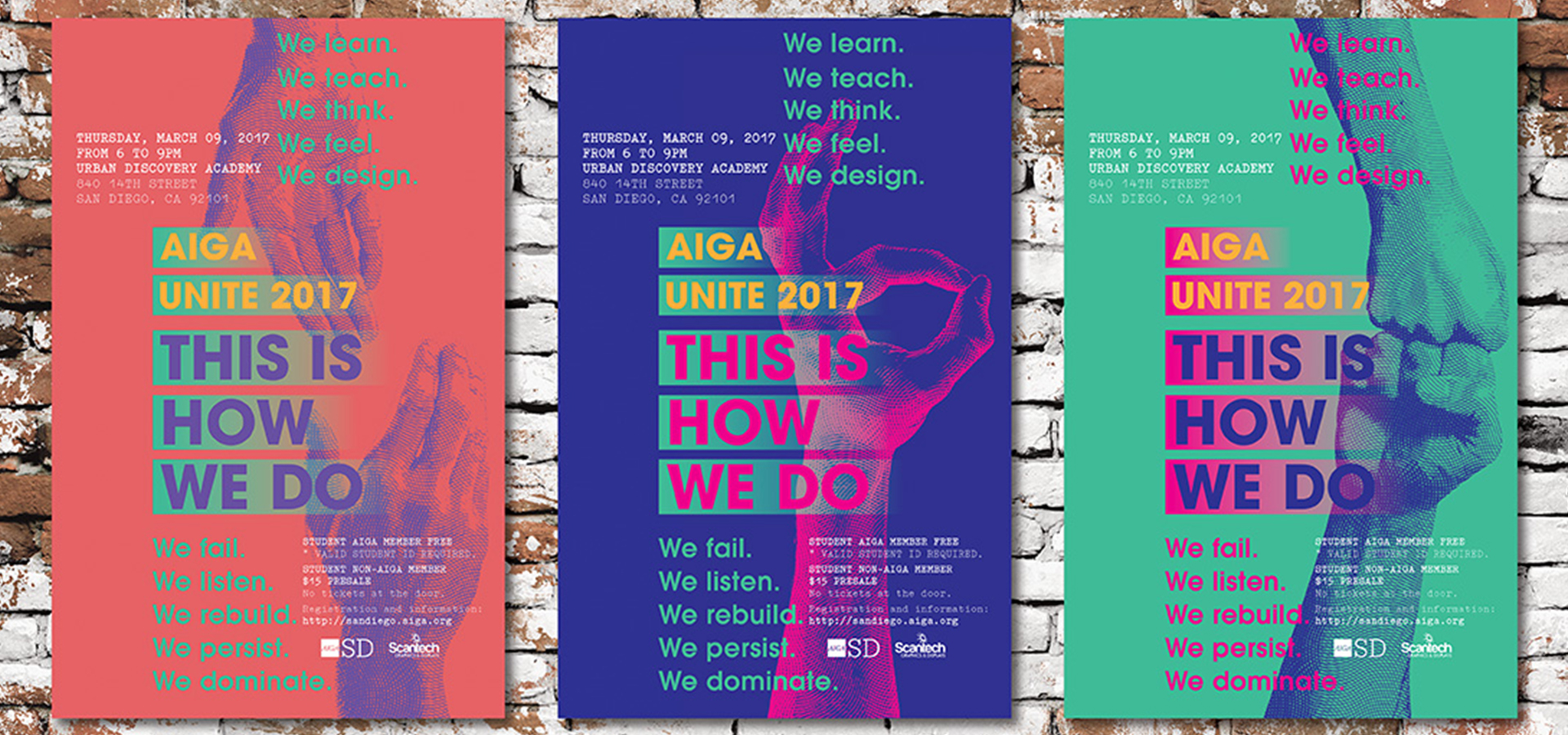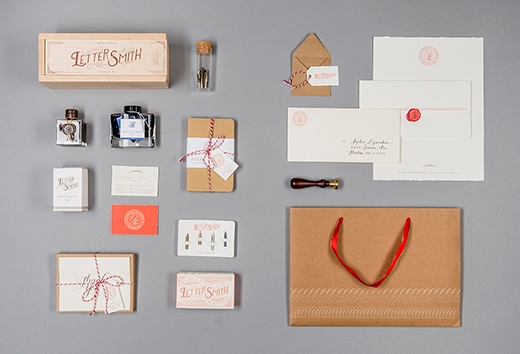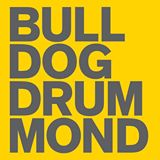
Design Thinking with Nicci Van: An Interview with Bulldog Drummond
Our Design Director, Garrett Patz was recently part of a panel of judges at the San Diego City College Graphic Design 2017 Portfolio Review sponsored by AIGA. The event is the show & tell of the west coast college design programs. New designers and veteran creatives review the work of over 50 graduating design students that include fourteen discipline categories. Nicci Van was awarded first place this year. Her design work and typography focus impressed us.
“Her level of skill and attention to detail really impressed me, not to mention the amount of thought behind the designs.” –Garrett Patz
Why design? Where does your passion come from?
When I was a kid I used to collect and hoard lots of stuff like magazines, books, toys, stamps, posters, cool packaging, etc. that I deemed aesthetically appealing or inspiring. I remember hating most of my classes during grade school except for art and crafts. Then I got my first computer and an old version of Adobe software and everything just came naturally from there.

Our team was impressed by your design work and typography-focused portfolio. Where does your love for type come from?
When I was seven my mom trained me to write in cursive. I remember she would make me write the same paragraph over and over until I reached perfection. That experience helped me develop a taste for extreme attention to detail and well-crafted letters. But I wasn’t aware of typography until I took History of Graphic Design and Type classes in college. I was fascinated with the relationship between type and image. I found old propaganda posters, vintage packaging, meticulously designed specimen books and Swiss posters with strong graphics and bold type very inspiring. Then I met professor Sean Bacon at City College who inspired me to dig deeper into typography and helped me further my potential.


What Illustrators do you admire, and why?
I admire a lot of illustrators. Alberto Cerriteno is one of the first illustrators that got me hooked on illustration. He has a very unique, quirky style in character design and the use of texture that I haven’t seen anywhere else. Peter Tarka, has amazing and delicious 3D illustrations. He inspired me to start learning Cinema 4D. Steven Noble, he’s a master with woodcut illustration. Janine Rewell, she has a very distinctive vector style with bold and colorful composition. And Justin Tran, an editorial illustrator at Dropbox. I love his clever approach to portray concepts in his works.
How do you define design thinking?
That’s difficult to nail down in a single definition. To put it short, design thinking is the process where designers utilize their creativity, analytic skill and empathy to approach the solution in a humanized, feasible, viable and purposeful way. One thing that I learned during my portfolio building is that design is about the process, not just aesthetic or appearances. It calls for collaboration, prototyping, making purposeful decisions, viewing the problem in different ways, and discovering what works and what doesn’t work.
How do you think design thinking can impact brands today?
Successful design thinking should be able to align brands with their customers’ values and needs. Brands need clarity and purpose that speak to consumers. Design thinking helps brands disrupt the market and adjust itself toward continuously evolving due to technology (think Millennials and Generation Z). Take Amazon for example, they pay attention to what their customers want and their shopping habits, and offer diverse products, convenience, fast and excellent customer service, free shipping and more. This has prompted the company to have many innovations like the Dash Button, Prime Now and Amazon Go that are threatening the traditional retail market.
How do you start the design thinking process?
I always start with three questions: Why? Who? and What?
- Why do we have this problem? What caused it? Understanding what was lacking or what we did wrong that led to the problem is important. It helps push past obvious/mediocre solutions to get to breakthrough ideas.
- Who are we talking to? Understanding the target demographic’s need and want is a
- What do we want to achieve? A defined goal will bring clarity to the end result and keep the creative process organized.
How do you hope to impact the world through design?
I hope to make the lives of the people I’m designing for better by helping them make a more informed choice, discover unseen value and generate a social impact.


Where do you turn for design inspiration?
My favorite sources of inspiration are design books, magazines and big design communities like Behance, Awwwards and TypeWolf. I also turn to famous designers like Armin Hofmann, Josef Muller-Brockmann and Massimo Vignelli. I firmly believe that if you’re a designer, you should know your industry history, set the baseline and learn from it.
Inspiration can also be drawn from other visual fields like fashion, movies and architecture. One of my portfolio projects was inspired by the use of colors in the movie “The Grand Budapest Hotel”. I also like to follow works from design firms or designers that I admire on social media, by listening to design podcasts, talks, and reading design blogs.

See more of Nicci’s work and connect with her!
Portfolio: niccivan.com
Instagram: @niccivan
Photo: Nicci Van


Uncommon Person: Chad Hutson

Our Internal Learning & Impact at Bulldog Drummond

The One Decision by Employers in 2021 that Means Everything

What I Wish I Knew

Standing Up Inside

Uncommon Person: Gregg Imamoto

Five Things Every Company Should Know about ESG

Redefining Value

Uncommon Person: Chris Baréz-Brown

It’s Time For A Whole Lotta Common Good

Did You Choose Humanity?

Uncommon Partnership: Violux

Here’s How

Uncommon Person: Santhosh Nair

Designing Strategy For A Complex World

Responsibility & Relevance for Brands

